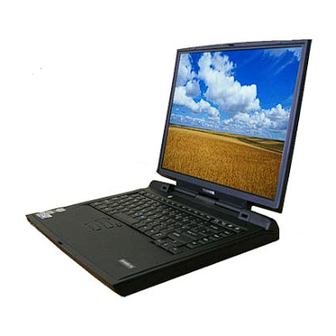
Toshiba SpectraLink 6000 System Endpoints Manuals
Manuals and User Guides for Toshiba SpectraLink 6000 System Endpoints. We have 2 Toshiba SpectraLink 6000 System Endpoints manuals available for free PDF download: User Manual, Interface Manual
Advertisement
Toshiba SpectraLink 6000 System Interface Manual (18 pages)
Toshiba Strata DK/CTX Telephone Systems LinkPlus Interface Guide SpectraLink 6000 System SpectraLink 8000 System
Table of Contents
Advertisement

